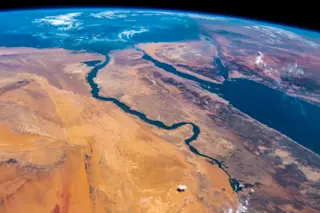Lava entering the Pacific Ocean where Kapoho Bay used to be. Seen on June 5, 2018. USGS/HVO. It almost sounds like the plot to a monster movie, but over the last few days, the lava flows from the Leilani Estates fissure eruption have eaten an entire bay (see above). What was known as Kapoho Bay is no more as lava from Fissure 8 poured into the bay, covered tide pools and has now converted the whole area into a peninsula jutting out over a kilometer into the Pacific Ocean. In the process, these flows have destroyed hundreds of homes in the Vacationland Hawaii development that once circled Kapoho Bay. Check out this article on Motherboard about who might own these new lands in Hawaii as the flows move the coastline outwards. These same lava flows also filled and evaporated Green Lake, the largest lake on the island as well. Fissure ...
Kīlauea Eats an Entire Bay and Lake in Hawaii
The Kapoho Bay lava flows have transformed Hawaii's coastline, marking a significant impact from the Kilauea volcano eruption.
More on Discover
Stay Curious
SubscribeTo The Magazine
Save up to 40% off the cover price when you subscribe to Discover magazine.
Subscribe













